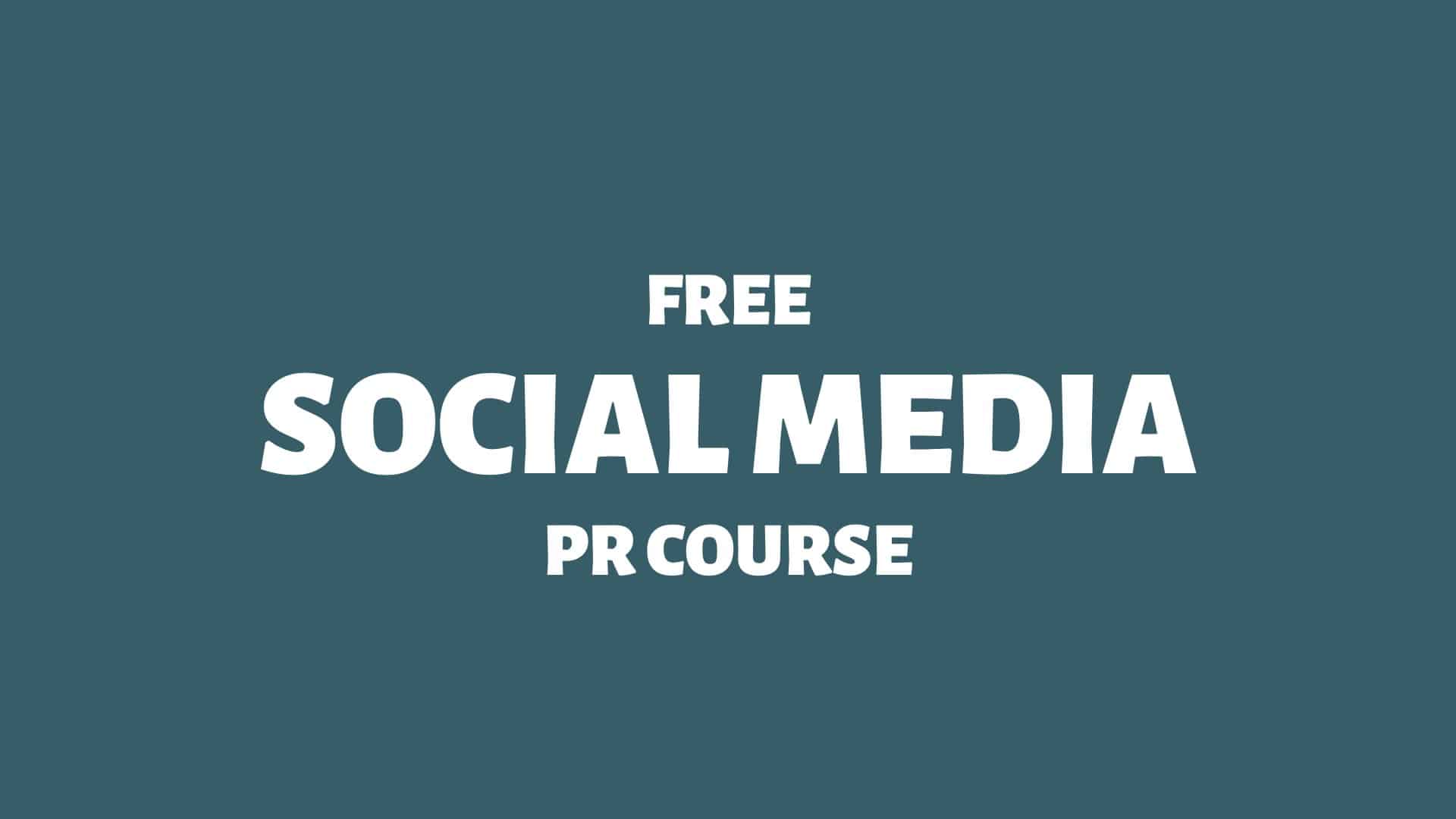There’s always an invisible follower contract.
Why do people follow your brand on social media?
There’s an invisible contract between a brand and its social following. This contract can be described as a total sum of whatever reasons a person has for following a specific brand.
However, many brands fail to continuously engage their social- and inbound audiences. Instead, they remain focused on acquiring outbound audiences.
Here we go:
Spin Academy | Online PR Courses

The Follower Contract
How can brands better understand follower engagement? Think of every follow as an invisible contract.
Rules of Engagement
Dear brand,
Best regards,
Your New Follower
Think of every single follower, fan, and subscriber having such an agreement with your brand.
Learn more: The Follower Contract
💡 Subscribe and get a free ebook on how to get better PR.

Brand Consistency in Social Media
Social media algorithms will typically look for engagement levels relative to the size of a brand community. Brands must stay consistent in social media to attract a cohesive following with homogenous expectations.
Brand consistency in social media = followers subscribe (today) on faith (tomorrow) through trust (yesterday).
Inconsistency is a kryptonite for social media engagement. It’s a breach of trust to suddenly change the direction of what’s to come. Trust takes time to establish and is too valuable to ignore.
Long-term inconsistency will also result in ghost followers.
Ghost followers will severely damage your brand’s algorithmic momentum through their inherent lack of engagement and authority. And less algorithmic momentum means less social media impact for your brand.
Examples of Failed Follower Contracts
When it comes to respecting the Follower Contract in social media, let’s take a look at some common mistakes:
Example A: A brand quickly increases its Facebook audience, focusing on paid ads for free giveaways and sweepstakes. This strategy attracts a critical mass of people expecting free stuff.
The result? When the brand suddenly starts asking these followers to spend their money, their followers lash out.
Example B: A brand focuses on growing its reach on social media platforms, allocating its entire budget to acquiring new followers.
The result? When all these followers discover that the brand has allocated exactly 0% budget to existing fans, they’ll ignore the brand.
Example C: A brand decides to apply a variety of digital campaigns where each initiative attracts different types of followers. The brand “succeeds” in building a community of people all expecting different things.
The result? When the brand asks their community for specific actions applicable to a small fraction of their following — crickets.
How To Honour the Follower Contract
So, how can a brand steer clear of breaching its follower contracts?
The Narcissistic Principle
“People want to be loved; failing that admired; failing that feared; failing that hated and despised. They want to evoke some sort of sentiment. The soul shudders before oblivion and seeks connection at any price.”
— Hjalmar Söderberg (1869−1941), Swedish author
When we share on social media, we share for a reason. And that reason typically has something to do with… ourselves:
It’s the narcissistic principle behind why we share on social media.
The narcissistic principle = when we share or engage on social media, we mainly share aspects of ourselves — because that’s what we care about most. 1Silfwer, J. (2012, July 16). The Narcissistic Principle. Doctor Spin | The PR Blog. https://doctorspin.net/narcissistic-principle/
If you can get social media to work for you, great.
Make the most of it.
However, we should all be mindful not to let the “online pressure cooker” get the better of us.
“A status update with no likes (or a clever tweet without retweets) becomes the equivalent of a joke met with silence. It must be rethought and rewritten. And so we don’t show our true selves online, but a mask designed to conform to the opinions of those around us.”
— Neil Strauss, Wall Street Journal
Learn more: The Narcissistic Principle

THANKS FOR READING.
Need PR help? Hire me here.

What should you study next?
Spin Academy | Online PR Courses

Spin’s PR School: Free Social Media PR Course
Discover this free Social Media PR Course and master the art of digital public relations on social networks and platforms. Explore now for valuable insights!
Social Media Psychology
Social Media Management
Social Media Issues
Learn more: All Free PR Courses
💡 Subscribe and get a free ebook on how to get better PR.

Annotations
| 1 | Silfwer, J. (2012, July 16). The Narcissistic Principle. Doctor Spin | The PR Blog. https://doctorspin.net/narcissistic-principle/ |
|---|



Social Media Mechanics